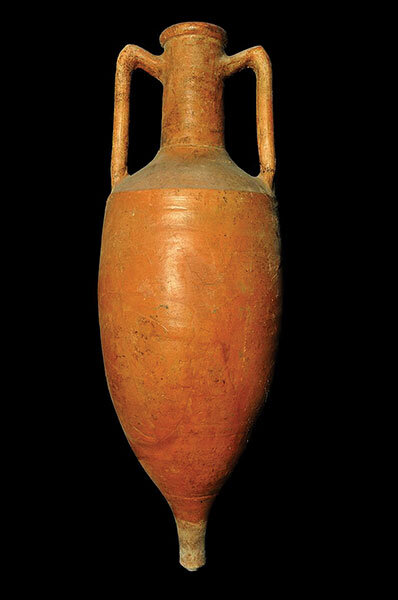Ancient class distinctions displayed in Rome exhibit
Loading...
An intimate look at life in ancient Rome is on rare public display outside Italy in “Leisure & Luxury in the Age of Nero: The Villas of Oplontis Near Pompeii” at the Smith College Museum of Art in Northampton, Mass., now through Aug. 13. The exhibition showcases 250 artifacts excavated from the city of Oplontis, which was engulfed after the eruption of Mount Vesuvius in AD 79.
Jewelry, coins, wall paintings, sculptures, and other everyday items, as well as an ornate gilded strongbox, reveal the dramatic class distinctions of citizens in the ancient world.
The artifacts come from two adjacent sites: a large luxury villa on the Bay of Naples and a second structure that served as a commercial emporium and export portal for items such as wine, olive oil, and a fish sauce beloved by the Romans.
“The materials in the exhibit have been locked away in storage for 40 years, so it’s the first chance to see all of this material together in one place,” Barbara Kellum, a professor of art at Smith College, says.
“The wall paintings, for example, are as fresh as they were on the day of their excavation. The frescoes have the kind of vivid color that you very seldom see unless you’re at an archaeological site.”
The exhibition also recounts the wrenching calamity that befell 54 individuals huddled together in a remote room of the emporium who appear to have died while waiting for rescue, including a woman who was eight months pregnant.
“She was wearing some pretty extraordinary jewelry that is some of the most valuable pieces in the show – a gold and emerald necklace and a pair of matched pearl earrings that are thought to be the single most costly jewelry find that’s ever been made on the Roman Bay of Naples,” Ms. Kellum says.
In addition, a finely detailed room from the luxury villa with paintings, floorings, moldings, and recordings of a couple speaking Latin by a gurgling fountain has been reconstructed for a true-to-life sensory experience.







